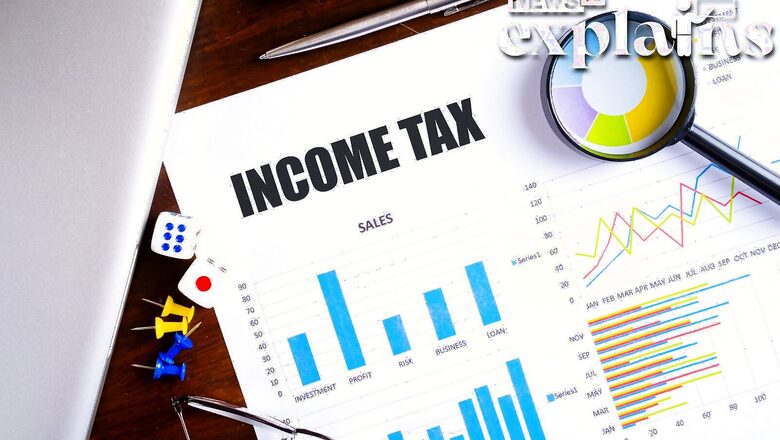
views
The income tax slab rates for 2023–24 have undergone a significant revision under the new income tax scheme. Under the new income tax system, the baseline exemption amount has been increased to Rs 3 lakh. Under the new income tax system, the maximum income tax refund that can be claimed by salaried taxpayers and individual taxpayers has increased from Rs 5 lakh to Rs 7 lakh.
Terming the new tax system “better” and “least complicated”, Union Finance Minister Nirmala Sitharaman on Friday told News18 the government has not set a timeframe for the new regime.
“I have not given a timeframe…Every Indian should make his or her choice. I would say lower tax rate is better…I would say it will be a better system and least complicated,” she said. “If a taxpayer is left with more money, he/she can decide where to put his/her money. I do not underestimate the taxpayer.” READ MORE
But How to Switch from Old Tax Regime to New Tax Regime?
- The old and new tax regimes are both options the government has provided to the salaried. Normally, the decision must be made at the start of the fiscal year, but if you have already decided on the previous tax regime and later discover a new system that is significantly more advantageous to you, you can convert to the new system while submitting your income tax return.
- Such salaried taxpayers who also have business income must submit form 10-IE, Archit Gupta, founder and CEO of Clear, a service that provides tax filing assistance told Outlook in a report. It is a declaration made by the taxpayers that they have either chosen to participate in the new tax system or have chosen not to.
- According to Gupta, if one wants to opt in or out of a new tax regime and has income under the heading “Profits and Gains of Business and Profession (PGBP),” they must file Form 10-IE. The individual can simply choose the new regime when submitting the ITR 1 or 2 if they do not have any company or professional income.
- Sujit Bangar, the creator of Tax Buddy, a business that provides aid with tax filing, told Outlook: “If a salaried employee engages in any business activity, his income will fall under salary and PGBP. Some examples of these activities include trading in shares, futures and options (F&O), commodities or commodities derivatives, freelancing, earning money via YouTube or other content publishing platforms, and creating content.”
- According to Bangar, when completing an income tax return, a taxpayer who receives both salary and business income should list each type of income separately under the headings “Salary Income” and “Profits and Gains of Business or Profession” (PGBP). His overall revenue will include these two. He is currently unable to file ITR-1, which is for salary income. He needs to submit an ITR-3 or ITR-4 and declare both his business and salary income, the report said.
Read all the Latest Explainers here




















Comments
0 comment